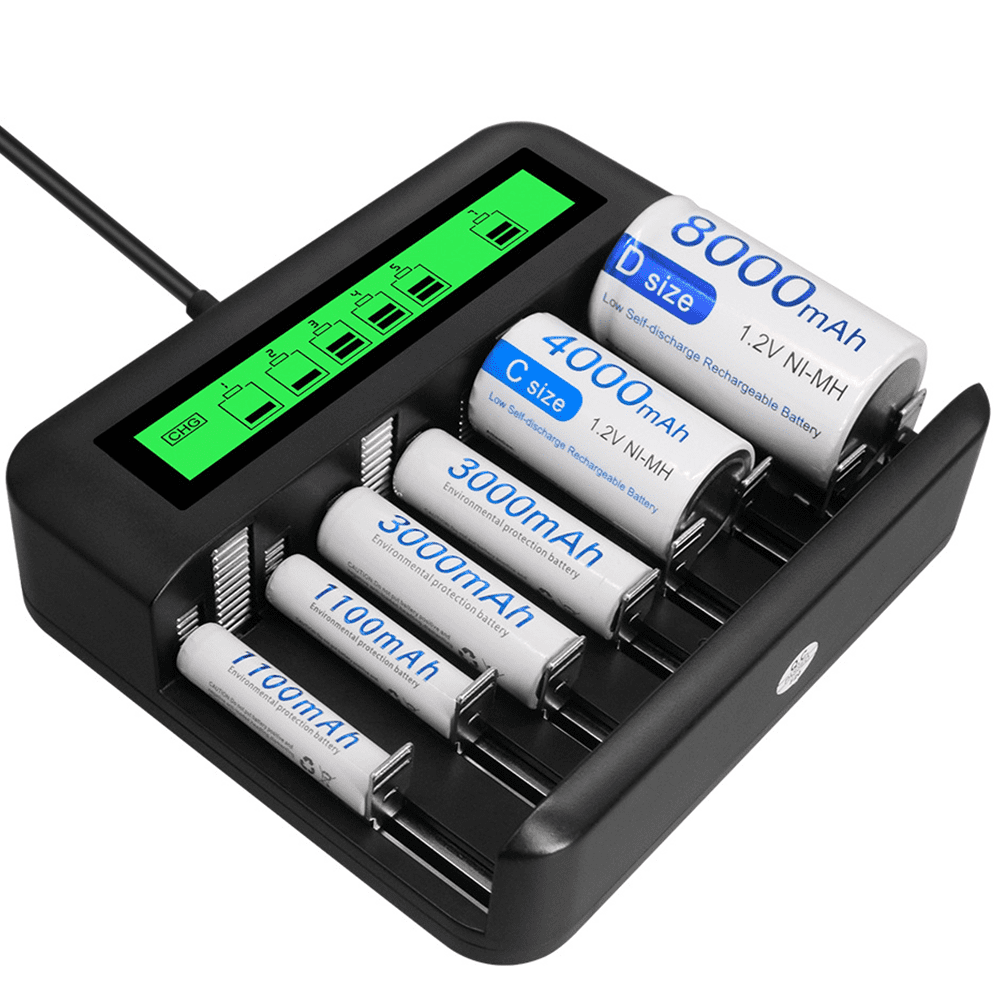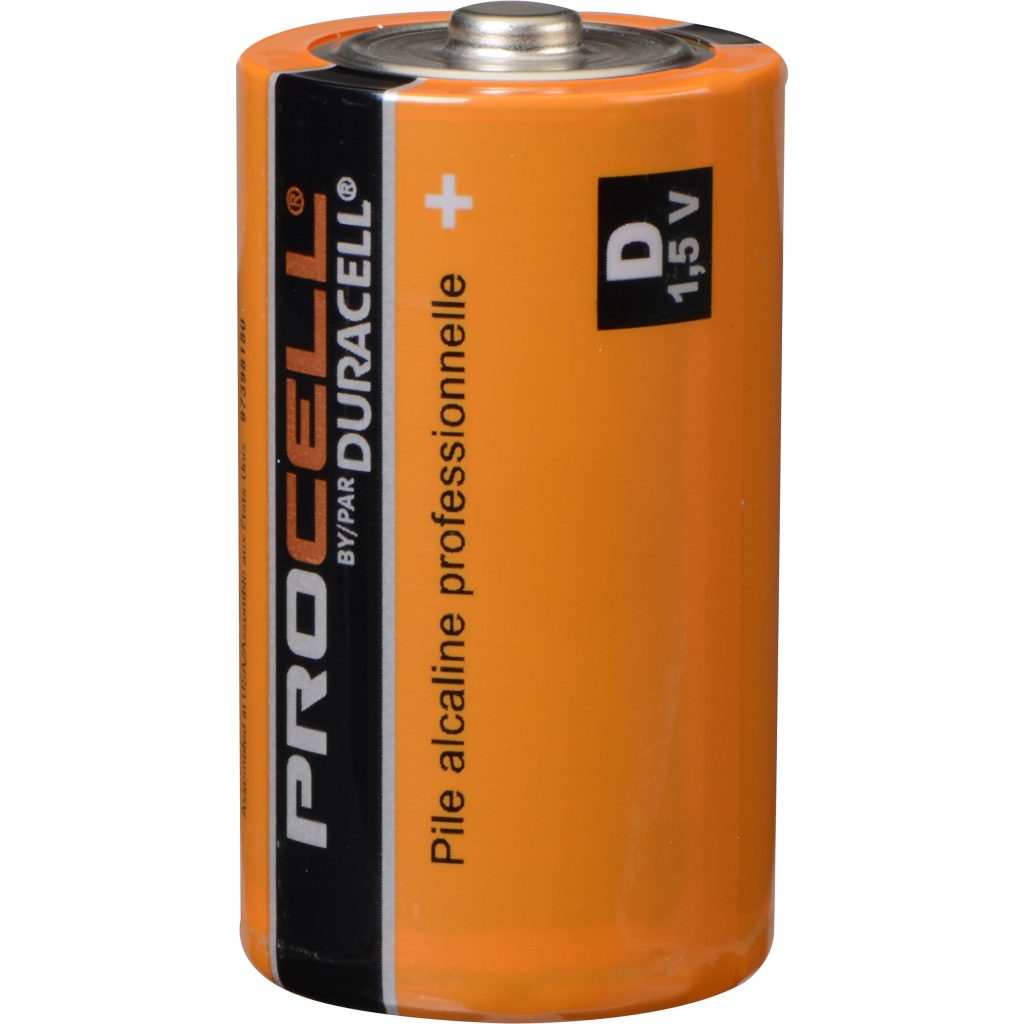

The resistivity and conductivity are inversely related. The resistance (R) of a material depends on its length, cross-sectional area, and the resistivity (r ), a number that depends on the material: The same applies for flowing currents: long thin wires provide more resistance than do short thick wires. For water flowing through a pipe, a long narrow pipe provides more resistance to the flow than does a short fat pipe. Using the flow analogy, electrical resistance is similar to friction. Voltage can be thought of as the pressure pushing charges along a conductor, while the electrical resistance of a conductor is a measure of how difficult it is to push the charges along. The electric field,on the other hand, propagates much faster than this, more like 10 8 m / s. In a typical case, the drift velocity of electrons is about 1 mm / s. Because electrons are negative charges, the direction of the drift velocity is opposite to the electric field. This random motion continues when there is a field, but the field superimposes onto this random motion a small net velocity, the drift velocity. In fact, even when there is no potential difference (and therefore no field), the electrons are moving around randomly. In a current-carrying conductor, however, the electrons do not all flow in the same direction. When a battery or power supply sets up a difference in potential between two parts of a wire, an electric field is created and the electrons respond to that field. It amounts to the same thing, because the flow of positive charge in one direction is equivalent to the flow of negative charge in the opposite direction. For historical reasons, however, when analyzing circuits the direction of the current is taken to be the direction of the flow of positive charge, opposite to the direction the electrons go. When current flows through wires in a circuit, the moving charges are electrons. Current (I) is measured in amperes (A), and is the amount of charge flowing per second.Ĭurrent : I = q / t, with units of A = C / s For a current to flow also requires a complete circuit, which means the flowing charge has to be able to get back to where it starts. The Duracell web site has a nice explanation of how batteries work.Īn electric current, which is a flow of charge, occurs when there is a potential difference. With alternating current, the charges slosh back and forth, continually reversing direction.

With direct current, the charge flows only in one direction. Batteries put out direct current, as opposed to alternating current, which is what comes out of a wall socket. This flow of charge is very similar to the flow of other things, such as heat or water.Ī flow of charge is known as a current. This emf can be thought of as the pressure that causes charges to flow through a circuit the battery is part of. The voltage of a battery is also known as the emf, the electromotive force. The circuit is completed by positive ions (H +, in many cases) flowing through the solution in the battery from the anode to the cathode. At the cathode, the electrons are consumed in another chemical reaction. When the battery is connected to a circuit, electrons produced by the chemical reaction at the anode flow through the circuit to the cathode.

A chemical reaction results in a potential difference between the two terminals. These are immersed in a solution (sometimes an acid solution). Usually these are two dissimilar metals such as copper and zinc. A battery consists of two electrodes, the anode (negative) and cathode (positive. There are many applications, however, where it's more convenient to have a slow-but-steady flow of charge for these applications batteries are used.Ī battery is another device for storing charge (or, put another way, for storing electrical energy). Batteries, current, and Ohm's law Batteries, current, and Ohm's lawĬapacitors are very good at storing charge for short time periods, and they can be charged and recharged very quickly.


 0 kommentar(er)
0 kommentar(er)
